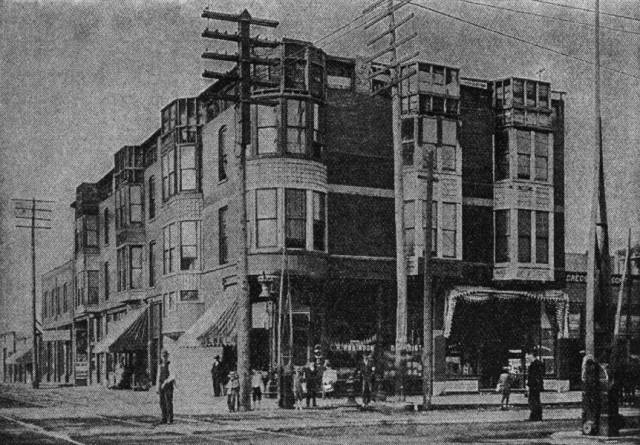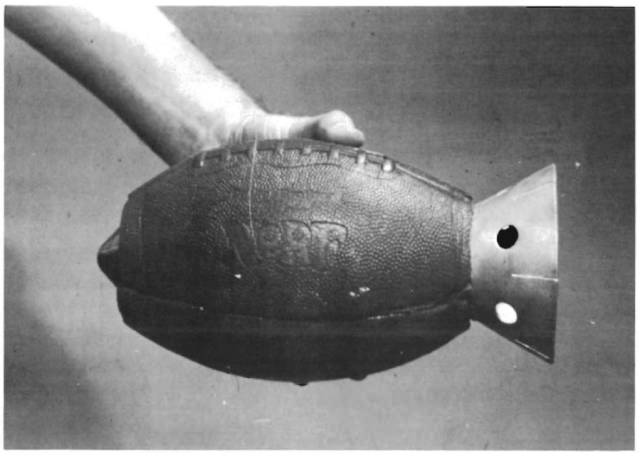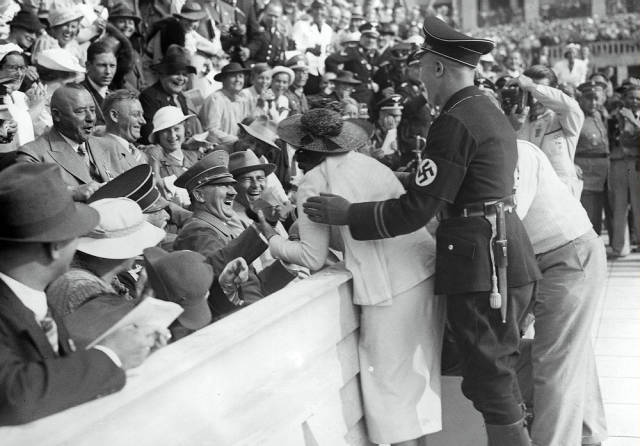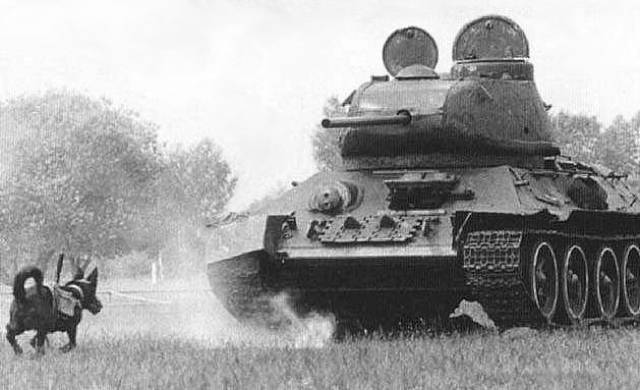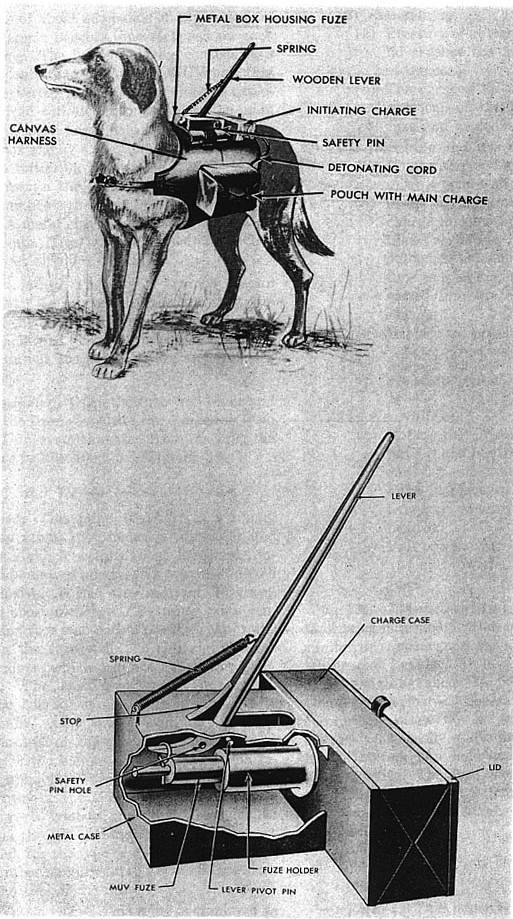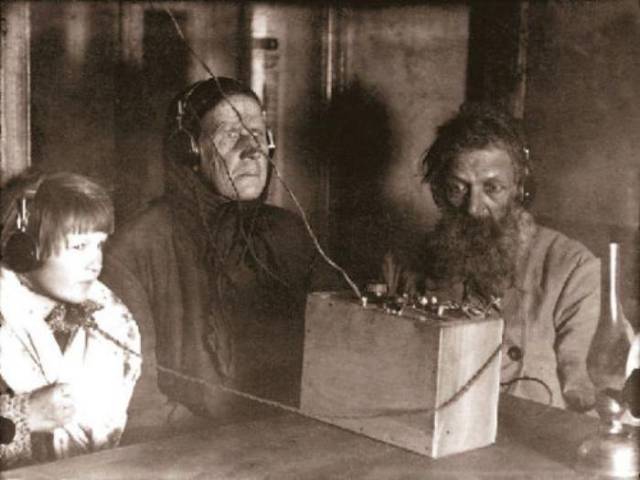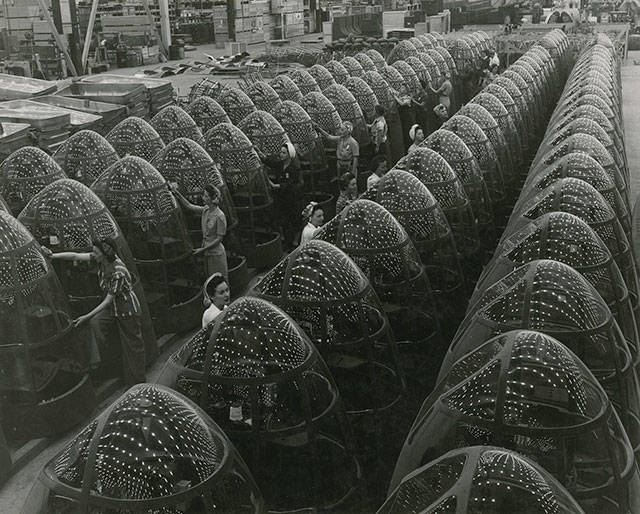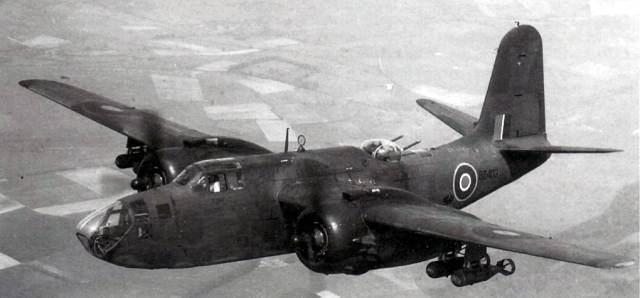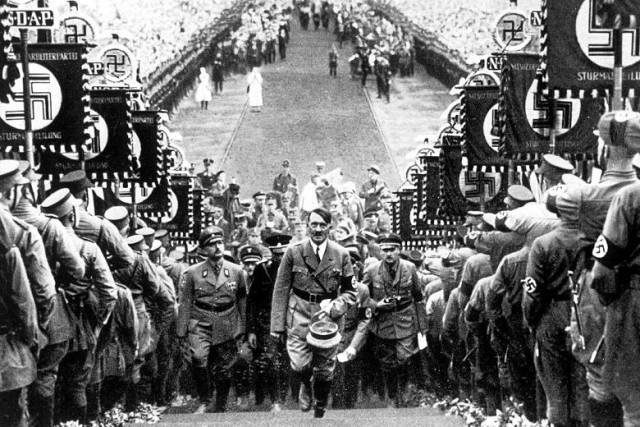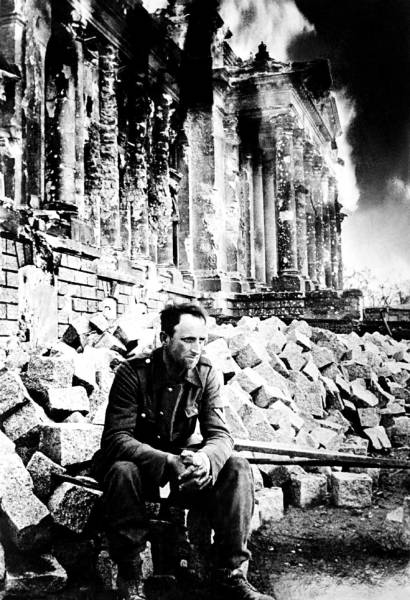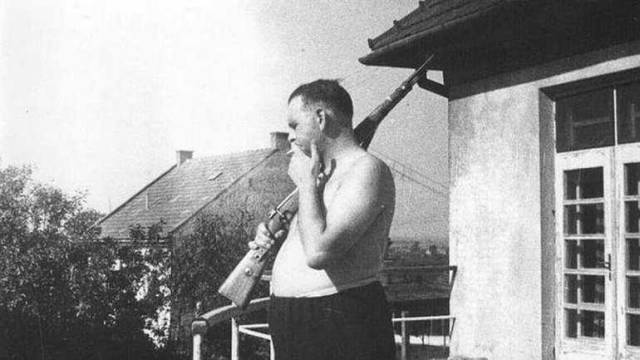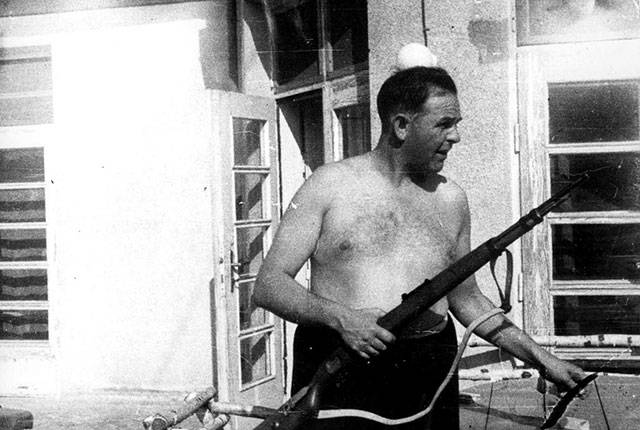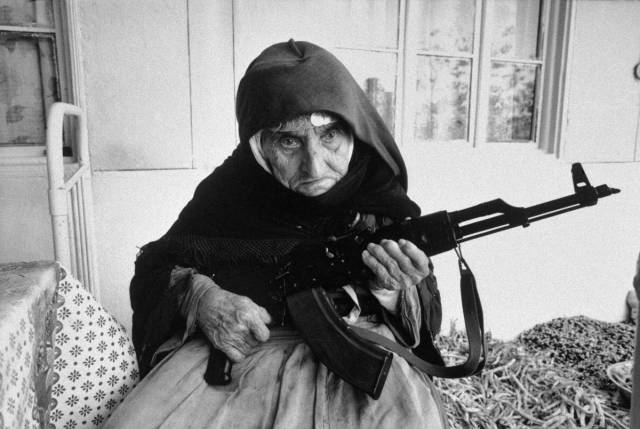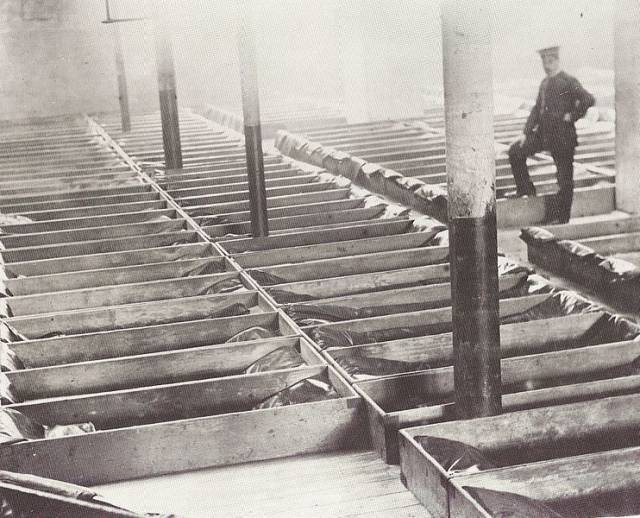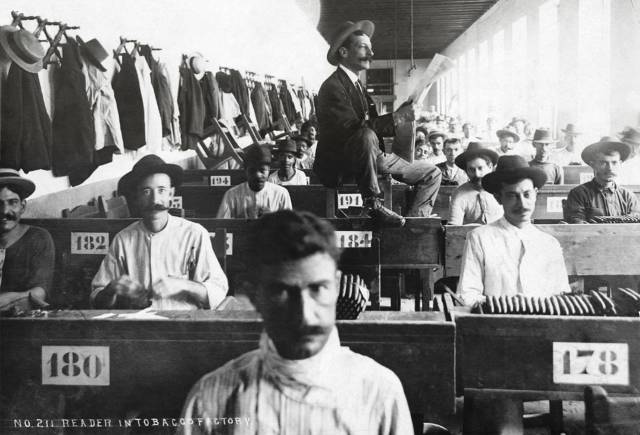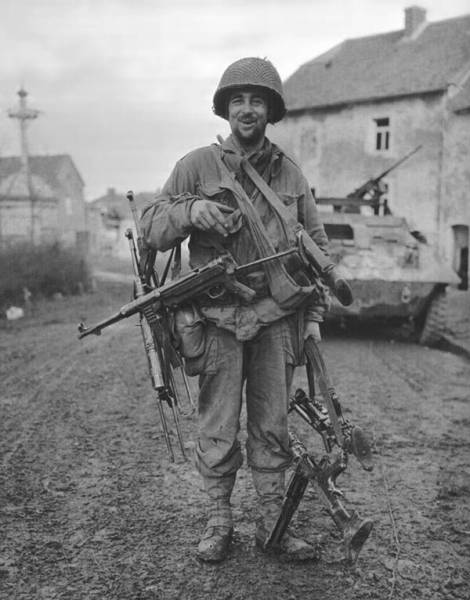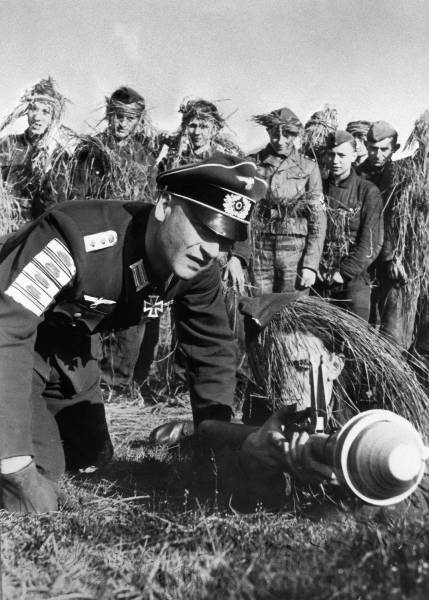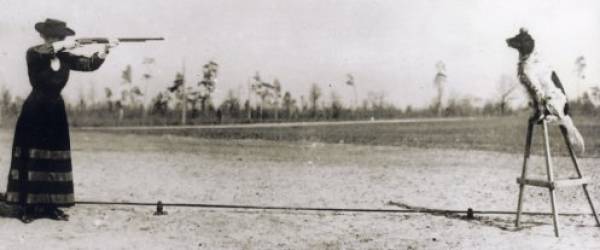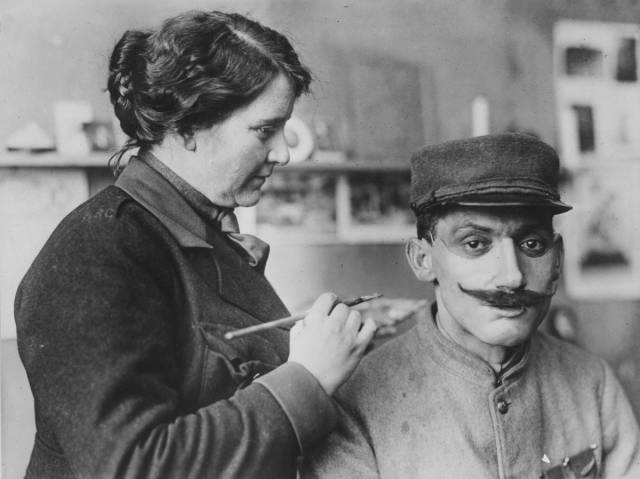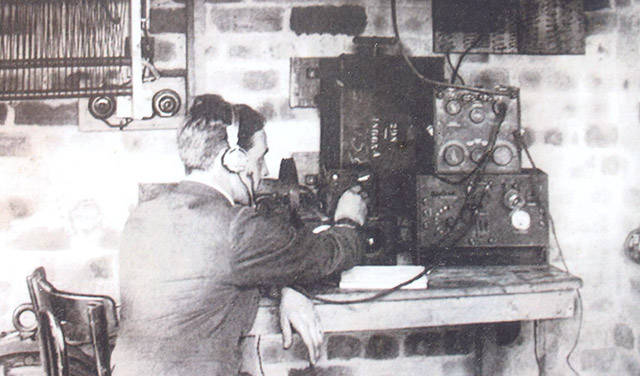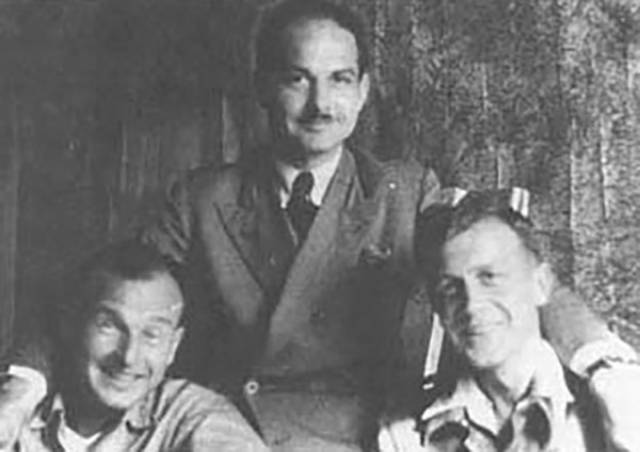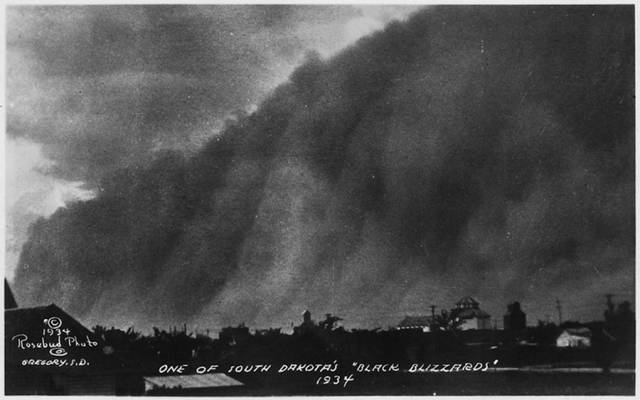H.H. Holmes The First Serial Killer Of America
Dr. Henry Howard Holmes was America’s first documented serial killer. As his famous controversial story goes, Holmes opened a hotel in Chicago which he design himself to situate his plans of murder. He has been proven guilty for almost 200 murders in the US. On his trial, he spoke out a chilling statement that goes:
“I was born with the devil in me. I could not help the fact that I was a murderer, no more than the poet can help the inspiration to sing — I was born with the ‘Evil One’ standing as my sponsor beside the bed where I was ushered into the world, and he has been with me since.”
The murder castle of H.H. Holmes
In 1886, H.H. Holmes, a pharmacist who would later be called the first U.S. serial killer, bought a Chicago drugstore that was owned by a cancer-stricken man named E.S. Holton. When Holton died, Holmes bought up surrounding property until he’d acquired an entire city block. He renovated the buildings and turned them into a hotel just in time for the 1893 World’s Fair. But this was no ordinary hotel: most of the rooms were windowless, with stairways to nowhere and hallways that ended in dead ends. Holmes also built gas jets into hotel-room walls, a wooden disposal chute and person-size kiln in the basement. This was the perfect place to murder someone. And that’s exactly what Holmes did: for much of 1893, he tortured and killed an untold number of people at his hotel, mostly young women visiting the city for the World’s Fair. Holmes was caught and eventually hanged.
U.S. Army prototype anti-armor hand grenade from 1973 – a shaped charge, packed in a hollowed-out NERF football
The leader of the Republic of China General Chiang Kai-shek standing next to the leader of the Chinese Communist Party Mao Zedong, 1945. Taken shortly after the end of WW2 during negotiations in Chongqing
Hitler Reacts to Kiss from Excited American Woman at the Berlin Olympics, August 15, 1936
Shortly before the finish of the men’s 1500 meters free-style swimming, a woman in a red hat, whom Black Guards repeatedly prevented from photographing Hitler at close range, broke the cordon during the excitement of the finish of the race, shook Hitler by the hand and then kissed him, while the crowd of 20,000 rocked with laughter. Hitler, who was in high spirits, joined in the fun, clapping his hands as the woman returned triumphantly to her seat.
The woman, Carla De Vries, was a 40-year old American traveling in Europe. Her brother-in-law was quoted in that “She wanted to meet Hitler but I’m surprised at the way she did it”. Her rationale from her own words? “Why? I simply embraced him because he appeared so friendly and gracious. People sitting near Der Fuehrer’s box began to cheer and applaud so loudly that I ran back to my husband and told him we had better leave. I don’t know why I did it. Certainly I hadn’t planned such a thing. It’s just that I’m a woman of impulses, I guess. It happened when I went down to take Hitler’s picture with my small movie camera. Hitler was leaning forward, smiling, and he seemed so friendly that I just stepped up and asked for his autograph, which he wrote on my swimming ticket. He kept on smiling and so I kissed him”.
For their failure to halt the woman, several of Hitler’s hulking Schutzstaffel guards were dismissed in disgrace, several more were demoted in rank.
Soviet Exploding Anti-Tank Dog Of WW2
These dogs, usually Alsatians, were also called “Hundminen” or “dog mines.” They were trained to carry explosives on their bodies to enemy tanks, where they would then be detonated.
This type of animal weaponry was first used by the Soviets. Following a decision in 1924 to allow dogs to aid the military, a dog training school was set up in Moscow. The military recruited such people as police dog trainers, hunters, circus trainers, and animal scientists. Twelve more schools were set up hot on the heels of the first one and the Soviet dog-training division started out in earnest.
At first, dogs were trained to carry supplies, tracking mines, and rescuing people -tasks at which the dogs excelled. In the early 1930s, they decided it would be a good idea to turn man’s best friend into an anti-tank weapon. Three of the schools began training dogs for this purpose. First, they were trained to carry a bomb to a tank and run off; afterwards, their handler could detonate the bomb with a remote or the bomb may have simply been set with a timer.
There were several reasons that these methods didn’t work. To drop the bomb, the dogs had to pull on a belt with his teeth to release it. This proved to be too complicated, and often the dog would simply return to its handler without releasing the bomb. Secondly, remotes were too expensive at the time to be used practically, so timers would be used more often instead. If the dog returned to his handler with the bomb still attached, he would have killed the handler and himself. Even if the bomb was released under the tank, if the tank was in motion and the timing wasn’t set just so, the bomb would simply explode without doing any damage to the enemy tank.
The Soviets scrapped their initial plan, but unfortunately for Fido, they came up with a new one. Rather than drop a bomb, explosives would be strapped to the dog. When the dog went under the tank, the bomb would be triggered, killing the dog (and, hopefully, disabling the tank).
As if ending their life wasn’t enough, the training involved wasn’t exactly a walk in the park. The dogs were starved, and then food was placed under a practice tank, training them to think that food was under all tanks. After a while, additional battle sounds were added to their practice runs so that they wouldn’t be spooked when they were running under the real thing.
Anti-tank dogs started being used in earnest in 1941, when German forces advanced on Soviet lands. Thirty dogs kicked off what would be a rather lacklustre debut for the exploding dog-force; indeed, the dogs were so ineffective that the Soviet military was accused of simply sacrificing them. Part of the problem was that many of the dogs refused to dive under the tanks in the field. They were being shot at, which hadn’t happened in training, and they were understandably not willing to dive under some huge “beast” that was seemingly trying to kill them. Food can only motivate an animal so much.
Whether they were useful or not, anti-tank dogs started to be used less and less from 1942 onwards, though there were anti-tank dogs that continued to be trained until 1996.
While the Soviets were perhaps the most prominent users of anti-tank dogs, they were trained in other countries, too, including Japan and the United States. Much more recently, bombs were strapped to dogs as late as 2007 when insurgents attempted to use them during the Iraq War. In this case, there’s only one documented case of a bomb actually being detonated while attached to a dog though; protests rose up among Muslims who believe that animals should be killed only for food.
Family listens to an evening broadcast Soviet Union 1925
Women employees working on the nose assemblies of Douglas “Havoc” A-20 attack bombers. 1942
Factories like these are how the US was able to increase aircraft production from under 3,000/year in 1939 to almost 100,000/year in 1944. By war’s end the US had manufactured nearly 300,000 aircraft.
Douglas A-20 Havoc light attack bomber
Aerail view of residential district in Tokyo after firebombing, September 10, 1945
Hitler mounts the steps to the podium from where he will make his speech at the Nuremberg Rally, 1938
German soldier during the Battle of Berlin as the Reichstag burns behind him, April 1945
Camp Commandant Amon Goeth, infamous from the movie “Schindler’s List”, on the balcony of his house overlooking Plaszow labor camp. 1943-44
Amon Leopold Goeth the villain of the movie Schindler’s List, was born in 1908 in Vienna, Austria. At the age of 24, he joined the Nazi party. In 1940, Amon Goeth became a member of the Waffen-SS. He was assigned to the SS headquarters for Operation Reinhard in Lublin in German-occupied Poland in 1942. Operation Reinhard was the plan to evacuate the Jews from the Ghettos in Poland to three death camps: Treblinka, Sobibor and Belzec, all of which were in eastern Poland.
In February 1943, Goeth received a promotion and became the third SS officer to hold the job of Commandant of the Plaszow labor camp. While he was the Commandant of Plaszow, Goeth was assigned to supervise the liquidation of the Podgorze ghetto on March 13, 1943, and later the labor camp at Szebnie. The liquidation of the Podgorze ghetto in Krakow is shown in the movie, Schindler’s List.
In early 1944 the status of the Kraków-Płaszów Labour Camp changed to a permanent concentration camp under the direct authority of the SS-Wirtschafts-Verwaltungshauptamt. It was during the earlier period that Goeth committed most of the random and brutal killings for which he became notorious. Concentration camps were more closely monitored by the SS than labor camps, so conditions improved slightly when the designation was changed.
The camp housed about 2,000 inmates when it opened. At its peak of operations in 1944, a staff of 636 guards oversaw 25,000 permanent inmates, and an additional 150,000 people passed through the camp in its role as a transit camp. Goeth personally murdered prisoners on a daily basis. His two dogs, Rolf and Ralf, were trained to tear inmates to death. He shot people from the window of his office if they appeared to be moving too slowly or resting in the yard. He shot to death a Jewish cook because the soup was too hot. He brutally mistreated his two maids, Helen Jonas-Rosenzweig and Helen Hirsch, who were in constant fear for their lives, as were all the inmates.
This is how prisoner Joseph Bau (Prisoner Number 69084) described Goeth: “A hideous and terrible monster who reached the height of more than two meters. He set the fear of death in people, terrified masses and accounted for much chattering of teeth. He ran the camp through extremes of cruelty that are beyond the comprehension of a compassionate mind – employing tortures which dispatched his victims to hell. For even the slightest infraction of the rules he would rain blow after blow upon the face of the helpless offender, and would observe with satisfaction born of sadism, how the cheek of his victim would swell and turn blue, how the teeth would fall out and the eyes would fill with tears. Anyone who was being whipped by him was forced to count in a loud voice, each stroke of the whip and if he made a mistake was forced to start counting over again. During interrogations, which were conducted in his office, he would set his dog on the accused, who was strung by his legs from a specially placed hook in the ceiling.
In the event of an escape from the camp, he would order the entire group from which the escapee had come, to form a row, would give the order to count ten and would, personally kill every tenth person. At one morning parade, in the presence of all the prisoners he shot a Jew, because, as he complained, the man was too tall. Then as the man lay dying he urinated on him. Once he caught a boy who was sick with diarrhoea and was unable to restrain himself. Goeth forced him to eat all the excrement and then shot him”.
Oskar Schindler being greeted by 300 holocaust survivors in Jerusalem, on May 1, 1962
106-year old Armenian woman protecting her home with an AK-47, 1990
A Penny Sit-Up
Coffin House
A hired reader reads to cigar makers hard at work in Cuban cigar factory, ca. 1900-1910.
Workers in Cuban cigar factories would employ a “Lector” who would read newspapers, political treatises and classical literature to break the monotony of the cigar-rollers’ work, so even illiterate cigar-rollers would be well-informed and familiar with great literature
American soldier poses with captured German weaponry, 1944-45
Every weapon has a signature, and using an enemy weapon can invite friendly fire. Prior to D-Day, American paratroops conducted mechanical training on German weapons (there was insufficient ammo for live fire training). With many men separated from their leg bags and weapons thanks to high-speed drops (which led to violent parachute openings), picking up a German weapon was fairly common. In the well-documented E company of the 2/506th PIR, Lt. Dick Winters briefly carried a German Mauser until he could recover an M1 from an American casualty (this is described in Steven Ambrose’s book and depicted in the TV miniseries). That had no consequences for him, but Sergeant Bill Guarnere had problems when he picked up an MG42. In his own words:
I went looking for a gun, and found a Thompson submachine gun. I also took a German MG-42 off a dead Kraut and started shooting it, but the gun made a noise that was distinctly German. The German guns went brrrrrrrrrrt! The American guns went bap-bap-bap-bap-bap. Every time I started shooting it, the Americans started shooting at me! I got shot at by a dozen or so of our own men. I threw it the hell away. You learn fast or you get killed. I grabbed an M1 instead.
A Wehrmacht veteran teaches Hitler Youth boys how to use a Panzerfaust. The badges on his sleeve represent enemy tanks destroyed.
Ruth Lee, a hostess at a Chinese restaurant, flies a Chinese flag so she isn’t mistaken for Japanese when she sunbathes on her days off in Miami, in the wake of the attack on Pearl Harbor, Dec. 15, 1941
Annie Oakley shooting over her shoulder using a hand mirror, 1888
Annie Oakley was an American sharpshooter and exhibition shooter. Her amazing talent first came to light when the then-15-year-old won a shooting match with traveling-show marksman Frank E. Butler (whom she married). The couple joined Buffalo Bill’s Wild West show a few years later. Oakley became a renowned international star, performing before royalty and heads of state.
Annie shooting an apple off her dog’s head
Masks made for men with disfigured faces from war wounds. Original caption: Mrs. Ladd coloring one of the masks after adjusting on a wounded Poilu’s face, 1917
During World War 2, the British captured Germans and put them in a bugged mansion where they served them wine and food and thus they were able to gather important intelligence from casual conversations between the ‘prisoners’ that helped them greatly win the war
The German counterpart to this probably belongs to Hanns Scharff, who was an interrogator for the Luftwaffe and specialized in questioning American pilots.
Unlike many other German interrogators, Scharff avoided physical means and torture to acquire information. He instead chose mind games and played to his subjects vulnerability of desiring hope and reprieve from life as a POW. He was know for his forest walks where he’d take his prisoner on a walk and asked casual questions about the soldiers life and his day to day living. Scharff would often exchange jokes and food to build a relation with the person he desired information from so they’d be more willing to share secrets with someone they considered to be a friend in a place where peace of the mind was scarce. For those who proved reluctant to succumb to Scharff’s charm, he would conduct detailed research from Luftwaffe files to get people to be more participatory. Scharff took advantage of the Gestapo’s fearsome reputation, offering himself as the prisoners only escape from being dragged away by the infamous group. He would ask questions he already knew the answer to, if the prisoner refused to talk he’d provide the answer assuring that he already knew everything. Tricked into a false sense of security that nothing could be divulged that he already didn’t know, they’d begin to answer questions for him without his que, often unaware of the significance of what they were saying.
After the war, Scharff emigrated to the US where he shared the secret of his craft with the military and law enforcement, and quickly were adopted by numerous governments across the world. His techniques proved revolutionary and those same tricks were later used in another high profile case decades later. In the early 2000s a lowly American FBI agent named George Piro used those same techniques proposed by Scharff to uncover the secrets of Saddam Hussein. In his several month long interogation, Saddam revealed the infamous claims that Iraq was linked to weapons of mass destruction and to Al Queda were unsubstantiated.
Oil well fire on Signal Hill, California. 1931
One of South Dakota’s “Black Blizzards” – 1934
In North America, the term “Dust Bowl” was first used to describe a series of dust storms that hit the prairies of Canada and the United States during the 1930s, and later to describe the area in the United States that was most affected by the storms, including western Kansas, eastern Colorado, northeastern New Mexico, and the Oklahoma and Texas panhandles.
The “black blizzards” started in the Eastern states in 1930, affecting agriculture from Maine to Arkansas. By 1934 they had reached the Great Plains, stretching from North Dakota to Texas, and from the Mississippi River Valley to the Rocky Mountains. “The Dust Bowl” (as an area) received its name following the disastrous “Black Sunday” storm in April 1935, when reporter Robert L. Geiger referred to the region as “The Dust Bowl” in his account of the storm.
If you have some time, The Dust Bowl is a fantastic Ken Burns documentary.


